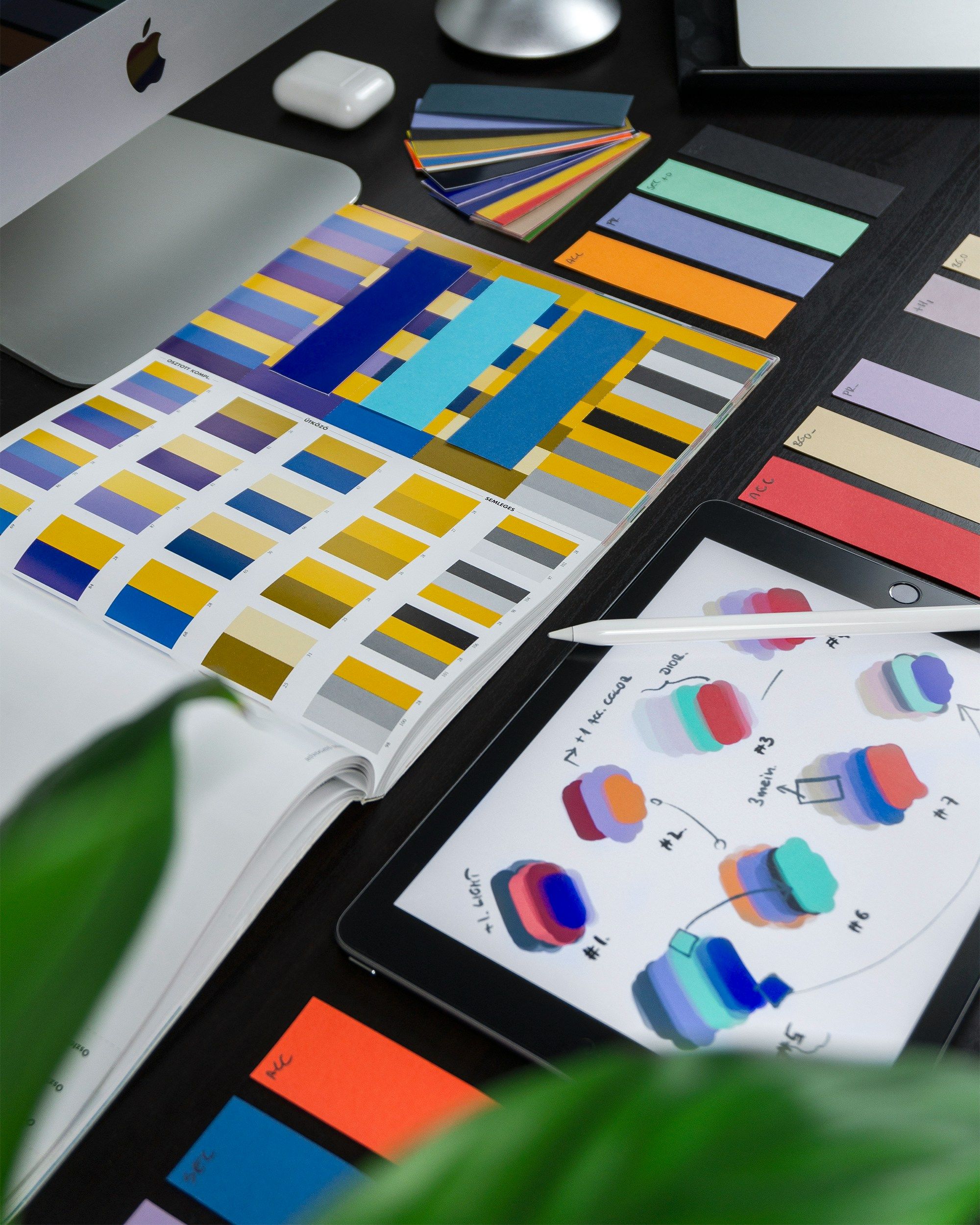Essential checklist for basic tokens for a home grown simple design system
Lorem ipsum dolor sit amet, consectetur adipiscing elit. Sed do eiusmod tempor incididunt ut labore et dolore magna aliqua. Ut enim ad minim veniam, quis nostrud exercitation ullamco laboris. Lorem ipsum dolor sit amet, consectetur adipiscing elit. Sed do eiusmod tempor incididunt ut labore et dolore magna aliqua. Ut enim ad minim veniam, quis nostrud exercitation ullamco laboris.
 Suryanshu Rai
Suryanshu Rai
Design systems are built to create consistency, reduce cognitive load, and make products feel familiar. They capture a brand’s visual language, tone, and interaction logic so that teams can design and build with confidence. Yet here is a confronting thought: how much of your design system actually sticks?
You might have a beautifully organised Figma library and a meticulously structured token framework, but if your system is easily forgotten, it will not be used. Designers will drift into creating lookalikes, developers will rebuild components, and your once-unified design language will slowly lose its coherence.
The truth is that design systems are not only systems of components and tokens. They are also systems of memory. They help teams remember what “good” looks like, what patterns to use, and why certain decisions were made.
But memory is unreliable. According to the Ebbinghaus Forgetting Curve, people forget about 70% of what they learn within a single day. That applies to your users and to the teams maintaining your system. The key is not to fight against forgetfulness, but to design for it.
Let’s look at how memory principles can help you build a design system that stays relevant, visible, and unforgettable.
Reinforce Key Patterns Early and Often
Repetition is not a sign of poor communication. It is a sign of good teaching.
Teams remember patterns through repetition. When designers and developers see the same logic, naming conventions, and structures across different touchpoints, the information becomes automatic. They no longer have to think about which variant to use; they just know.

Spaced Repetition: Keeping the System Alive Over Time
Spaced repetition is the idea of revisiting information at carefully chosen intervals to prevent forgetting. Apps like Duolingo use it to help users retain vocabulary. Design systems can use the same principle to help teams retain system knowledge.
